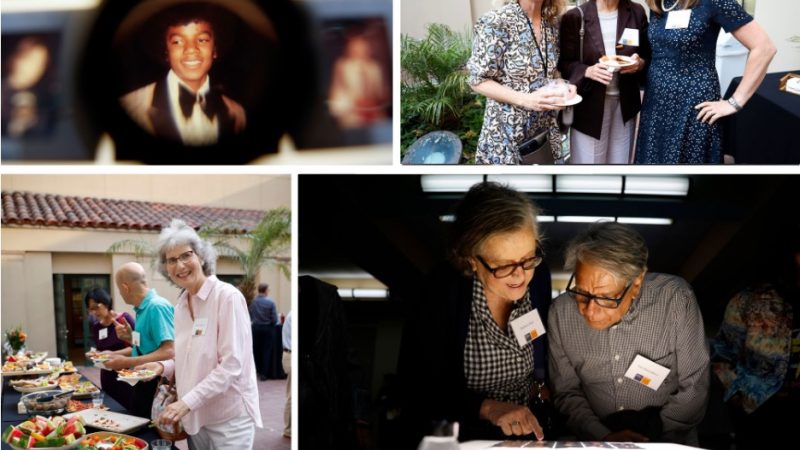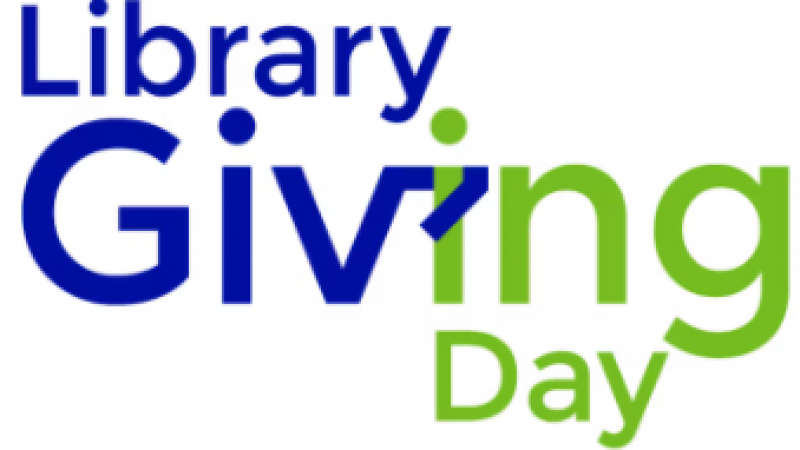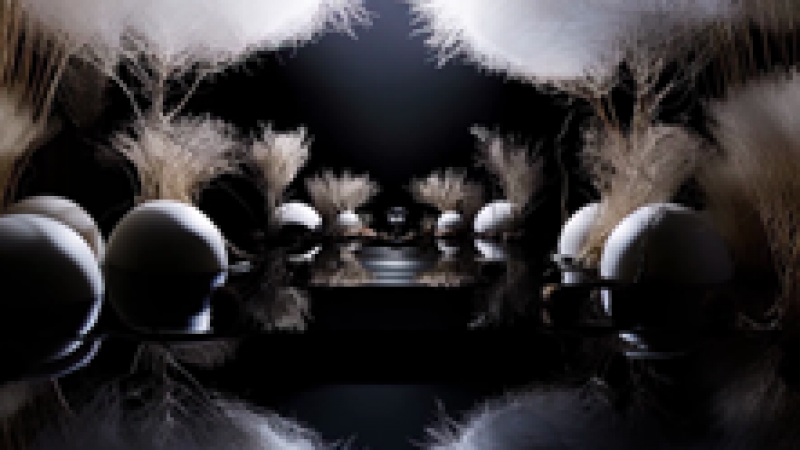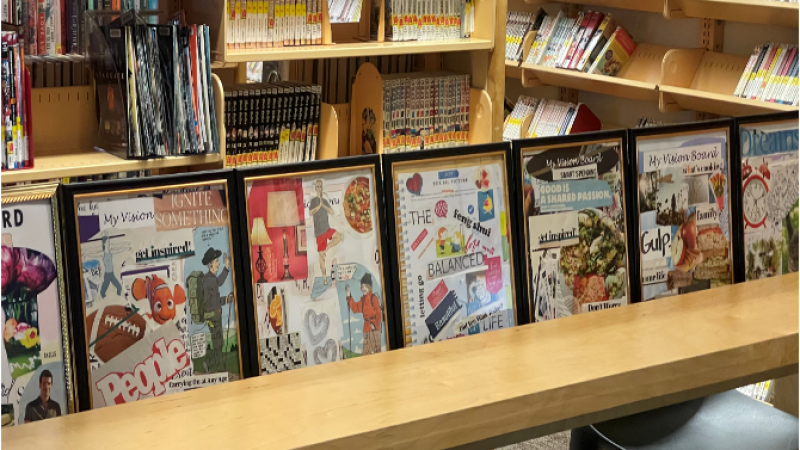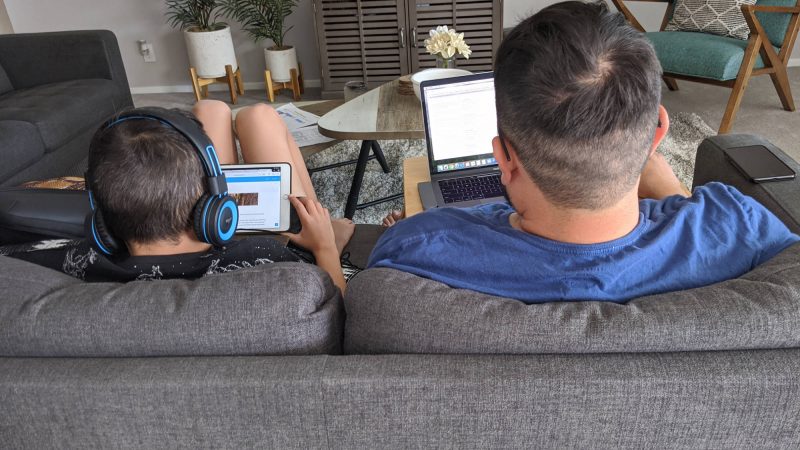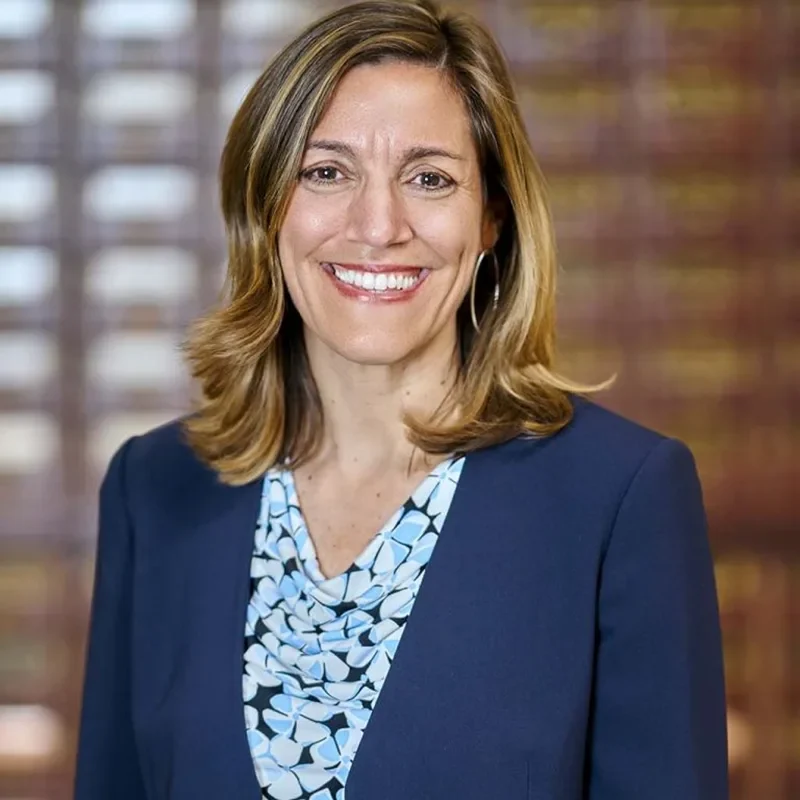Following the vibrant collaboration with the Library Foundation and the Los Angeles Public Library in 2013 to rediscover one of the Library’s hidden treasures—its vast sheet music collection—cultural scholar and USC Annenberg Professor Josh Kun eagerly signed on to continue mining the Library’s archives. “Our experience with reanimating these archival documents and bringing them to life in the contemporary city was something that I wanted to keep doing, and what better next step from music, but direct to food,” said Kun.
Under the guidance of librarians, who had already digitized a large portion of the Library’s roughly 9,000-piece menu collection, Kun and a group of his students pieced together an unprecedented history of how, where, and what people ate in Los Angeles over the past century. Culminating in the publication of a book, a new exhibit at Central Library, and city-wide programming now underway, we spoke to Kun about how looking into the past for “To Live and Dine in L.A.” revealed a new understanding of Los Angeles today.
 Josh Kun, left, speaking with chefs Ricardo Diaz and Cynthia Hawkins at ALOUD in June.
Josh Kun, left, speaking with chefs Ricardo Diaz and Cynthia Hawkins at ALOUD in June.
Once you took inventory of the Library’s huge menu collection, what was the next step in your research?
Kun: Much to my surprise there really are no books—scholarly or otherwise—that detail the long history of restaurants and food culture and food industry in Los Angeles. That was both exciting, because we realized we were going to be able to make some very original contributions here, but also daunting because of the amount of research we had to do, particularly of the 1875-1945 period.
My students and I started primary research through the Los Angeles Times, the Los Angeles Star, the Los Angeles Herald Examiner, El Clamor Público, and the Pacific Coast Record, going through newspapers, magazines, tourist pamphlets, etc. searching for anything restaurant or food related. That provided me with way more information than I could include in the book as a historical and critical context. One of the things I’m most proud of about the book is that we include a very extensive bibliography of the materials we used for research that I hope will be very helpful to other researchers and people who are interested.

What were some of your most interesting discoveries about L.A’s food history?
Kun: Early on it was very interesting to find a lot of press coverage about Los Angeles as an affordable city for working class eating. There were a lot of Los Angeles Times articles celebrating the low cost of living and the low cost of food in Los Angeles. An average working person could get a meal for 50 cents.
I did a lot of research particularly around issues of race and class. Research provides a sense of the early history of African American-owned restaurants and where African Americans were allowed to eat in the city in the late 1800s and early 1900s. There’s some stuff in the book about drive-ins like the Wich Stand, for example, that was the site of—in the early 1950s—one of the most prominent sit-ins in L.A. history, where a black teenager was denied service and he led a protest against the restaurant. Those kinds of stories that I really tried to understand the ways that restaurants had windows into larger political and social issues—that’s where a lot of the research pointed me.

The most commonly held idea we kept seeing journalists talk about was the first restaurant in Los Angeles, and most of them said it was in 1852 at a restaurant called LaRue’s. Our research shows that is probably not true. The first stand alone restaurant—if not earlier—is the one I have record of in 1850 with a restaurant called the Old American. Probably the first restaurant that was not free-standing was the restaurant of the Bella Union Hotel, which opened in 1849.

What are some of the earliest menus from the collection?
Kun: The earliest menu from the collection is 1875, which was Don Mateo Keller’s banquet dinner. He’s a very interesting character—he was an Irish immigrant who owned an original Malibu land grant. He was a winemaker and part of the early culture of L.A. winemaking.
The 1905 menu from Taits was the earliest menu from the Library’s collection that had a priced menu. It was a lunch menu, which was a great example of that early trend of L.A. lunch rooms downtown where for the first time people were starting to go out to eat—it wasn’t just the wealthy.

These menus document the importance of the economy in food culture. What have you learned from looking at this role that is still relevant today?
Kun: Part of the story we try to tell in the book is the long arc of how restaurants and the industry of food have always been a negotiation over access. Right now we’re very used to talking about these ideas around food inequality across Los Angeles. By going through these menus you see that over time we are a city—like many others—where to eat out takes money and not everybody has money. Dining out and eating in restaurants has always been to a certain degree a privileged act and being able to see that in a larger historical frame has been very interesting.
One thing we focus on that relates to the contemporary moment is that now we talk a lot about farm-to-table, and how important it is to go back to small farms. This is a contemporary critique against the industrialization of food that took off in the 1950s. If you read these menus pre-1955, you see menus that were farm-to-table in the way we talk now, but they didn’t have the kind of pretense and cultural prestige of being artisanal that we now see. Most restaurants where every day people ate—the chickens they were eating were coming from local farms. Where else would the chicken come from? The industrialization of food had not happened yet, so it’s interesting to compare that period to the contemporary.

Much of this project raises awareness about the evolution of how we eat. What do you hope people take away from this exploration?
Kun: The book is a historical look into particular issues around food and restaurants with emphasis on food’s relationship to community, class, race, and gender. My intentions are to use these menus as a springboard for conversations about contemporary food politics in the city. Although there’s room for a lot of nostalgia in the book, I did not want to do a book of menus that only had us looking backwards, I wanted to do a book of menus that helped us to look at ourselves now, and to help us look at the city we want to become.
Learn more about “To Live and Dine in L.A.” and upcoming events.

